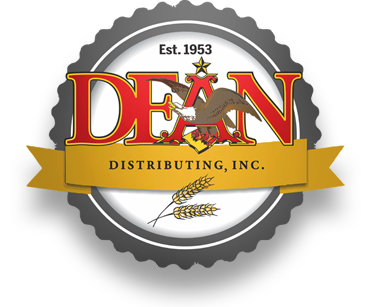Prohibition
October 14, 2024

Prohibition in the United States began in 1920 when the 18th amendment banned the manufacture, transportation, and sales of liquors. Thankfully, in 1933, Congress proposed the 21st amendment which then repealed the 18th, ending Prohibition. But how was Prohibition handled for thirteen years?
Due to the cultural, social, political, and economic changes in the 1920s, the upper and middle classes fought for cultural prominence. People of this era needed a place to socialize and with the decrease in bars, they started turning to soda fountains. Green Bay saloons ended up “converting” to soda establishments. In reality, some were still selling alcohol. According to Dennis Jacobs, a local history and genealogy associate at the Brown County Library, “They just didn’t stop drinking in this town.” Green Bay couldn’t publicly ignore the federal law, but its enforcement was in no way strict.
The Packers joined the NFL just a year after Prohibition was put into effect. Green Bay was one the smallest cities in the league back in 1921, and still holds that title to this day. Green Bay was the most popular stop in the NFL and opposing teams would try to schedule several of their games there because of their ongoing bar scene, even during Prohibition. The home of the Packers was basically being flaunted as a place where they “ignored” the 18th amendment. Many other small market teams had to fold for financial reasons but because of the leniency on Prohibition in Green Bay, the Packers didn’t hold the same fate. You could say Prohibition was one of the main reasons we still have Packer games to look forward to today.

Although the Packers benefited from Prohibition, the same can’t be said for the US as a whole. Thankfully Wisconsin worked hard to reinstate liquor laws and to allow breweries to start doing what they did before 1920. But after Prohibition ended in 1933, it took around 100 years to get back to what it was before, in terms of numbers. The average American drank 2.6 gallons of alcohol each year before Prohibition. That average then dropped by 70% in the early years of Prohibition. Since the mid-1980s, annual consumption is .4 gallons less than that before the 1920s. Most people switched from drinking at saloons, pubs, or restaurants and started drinking at home. In turn, this changed how beer was marketed and sold. Beer was previously sold in barrels but in 1935 beer started being canned, which is used a lot today. From 1933 to 1973 the US lost 685 of their breweries and it wasn’t until the 2000s that the brewery world was brought back to life.

